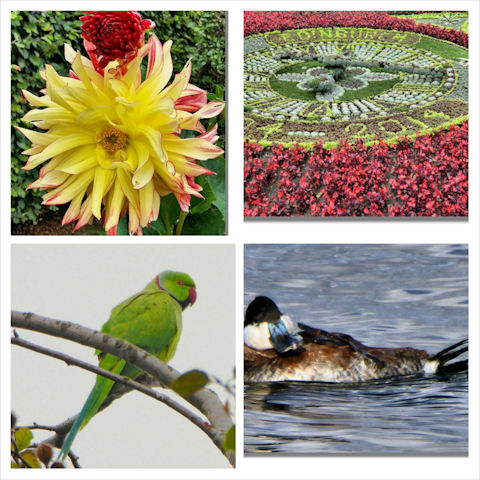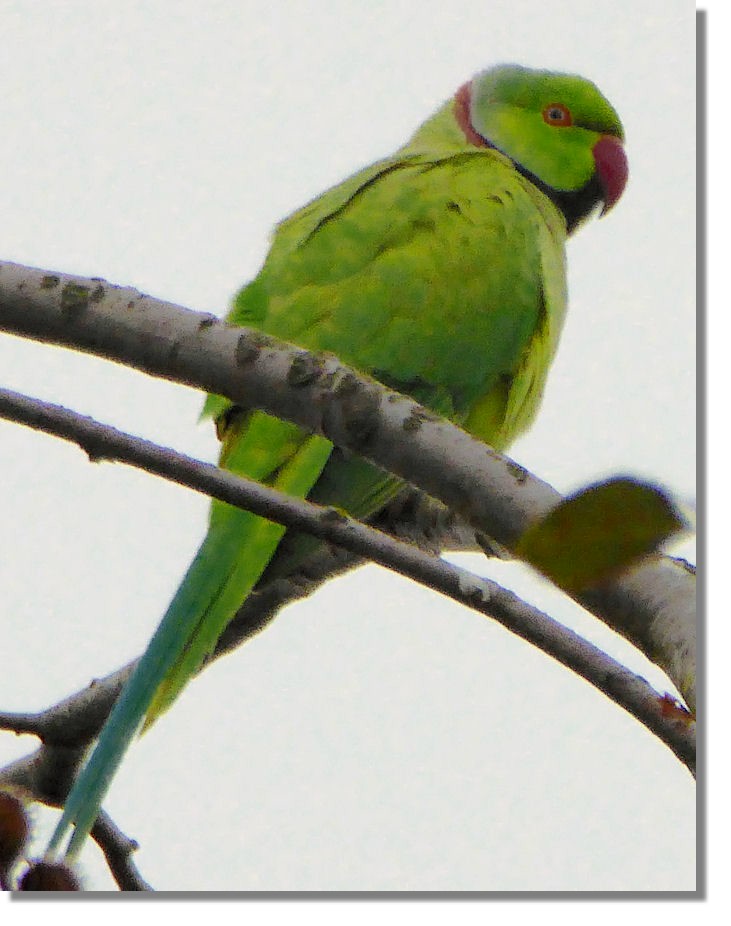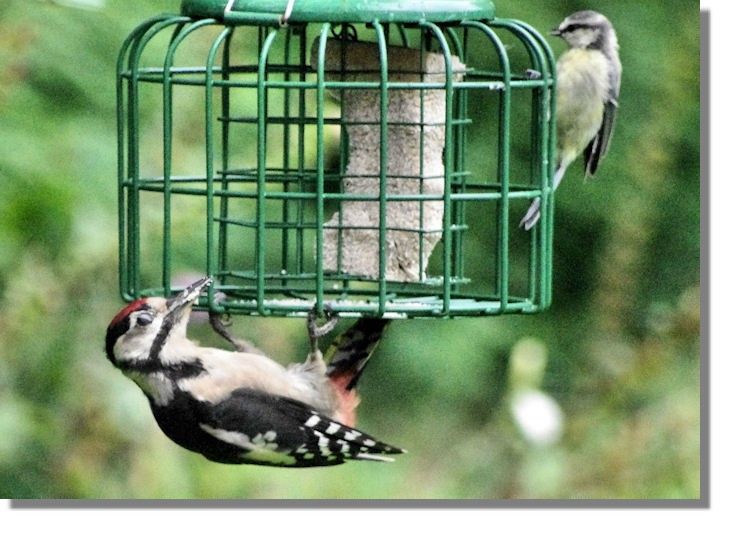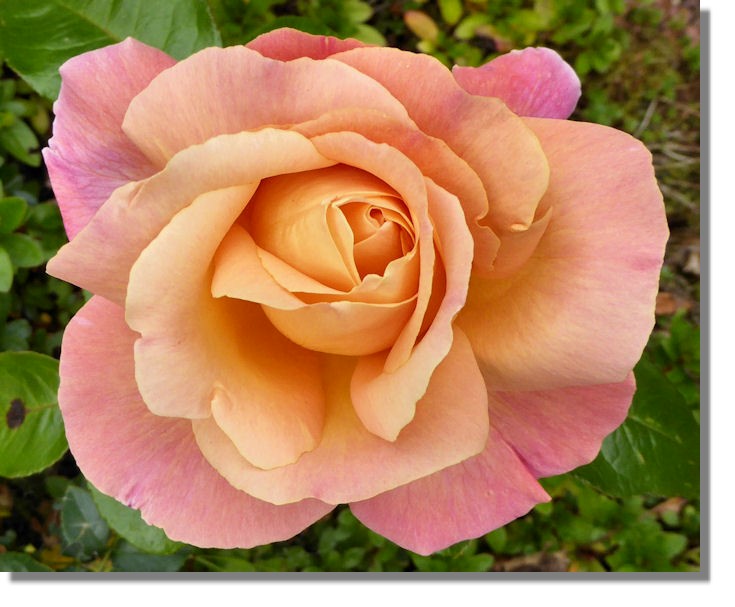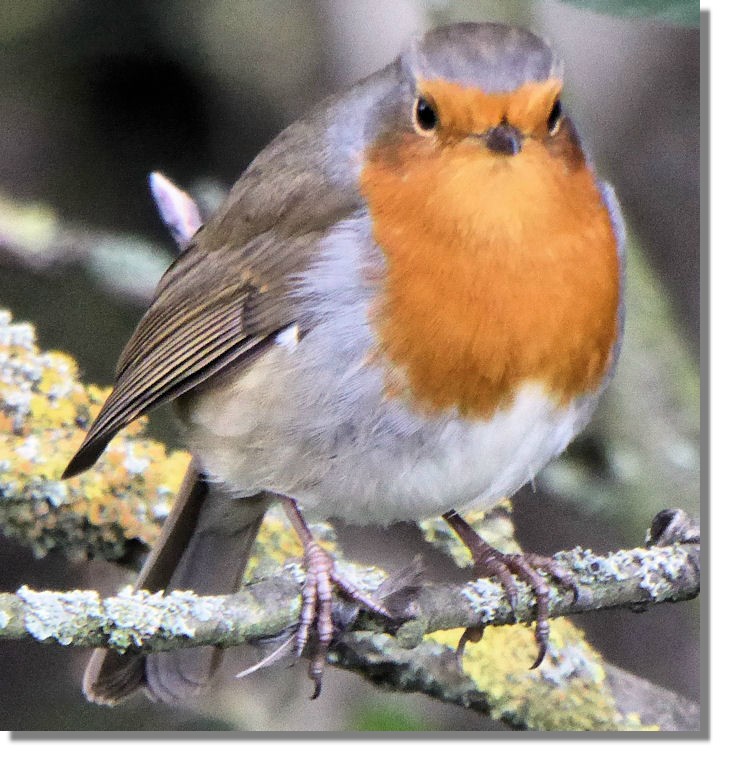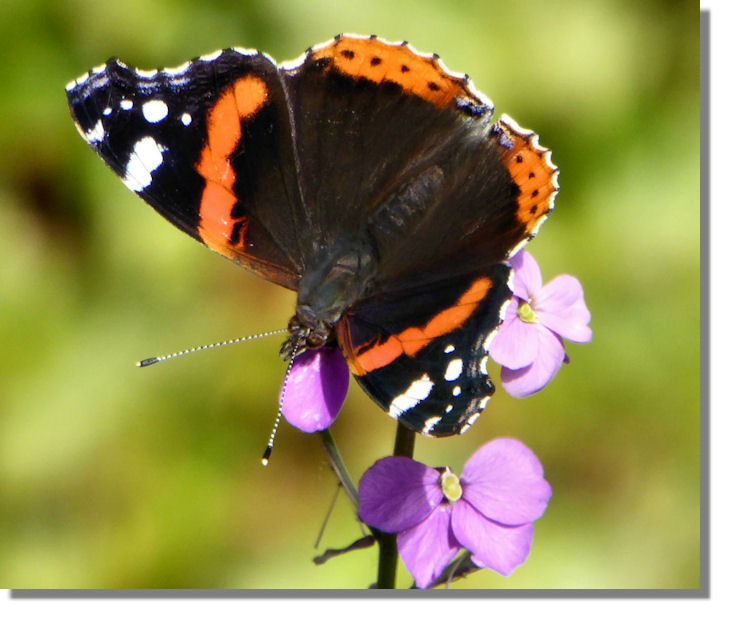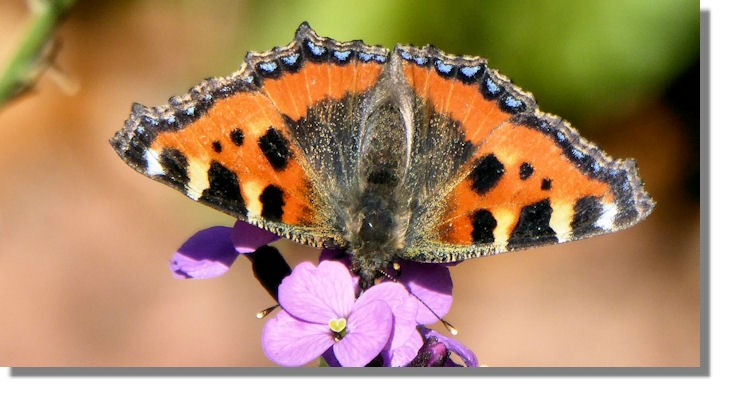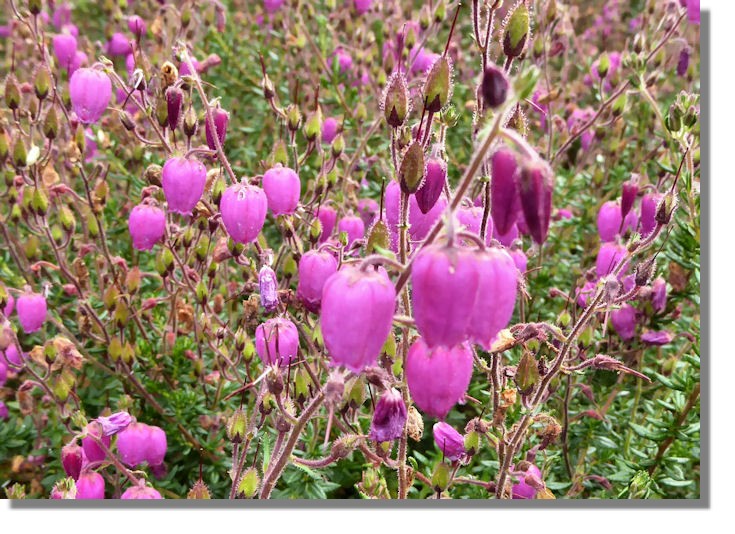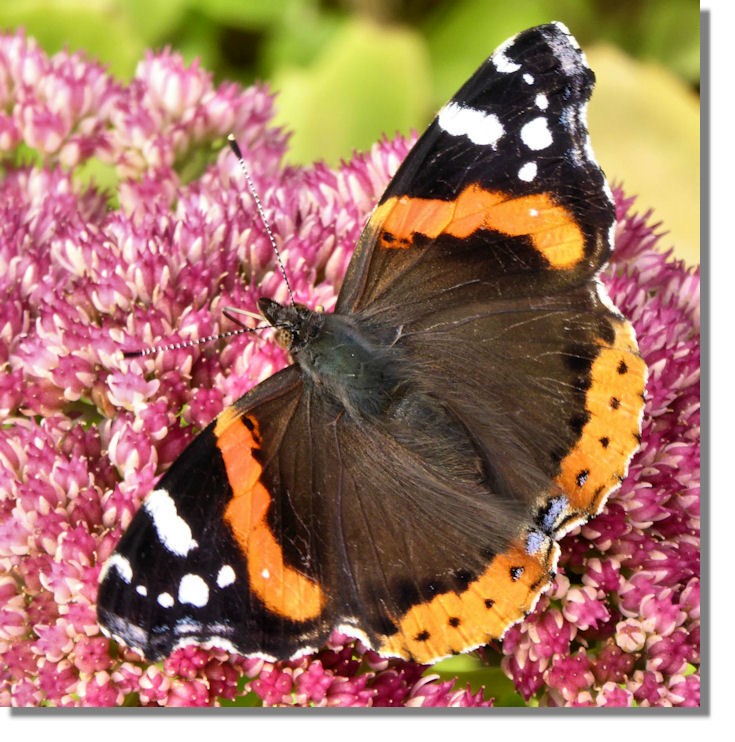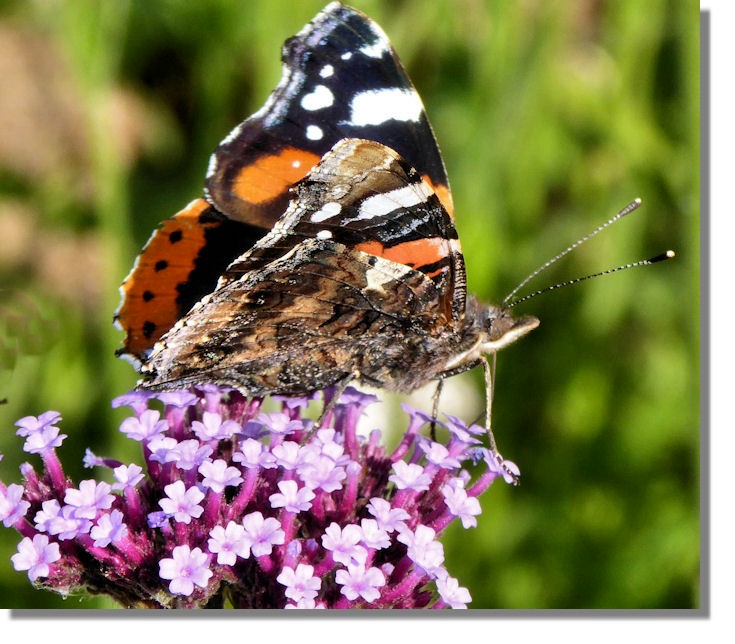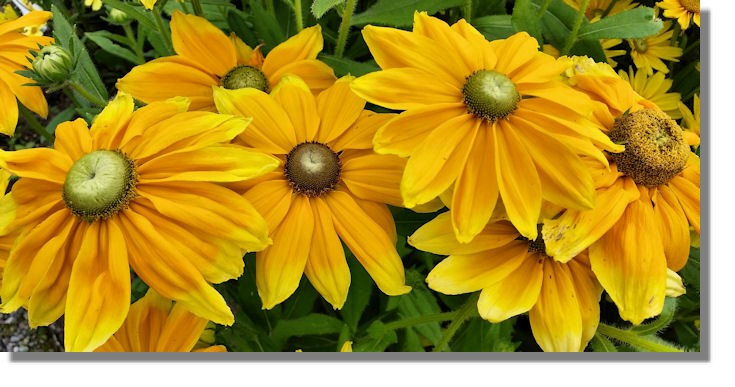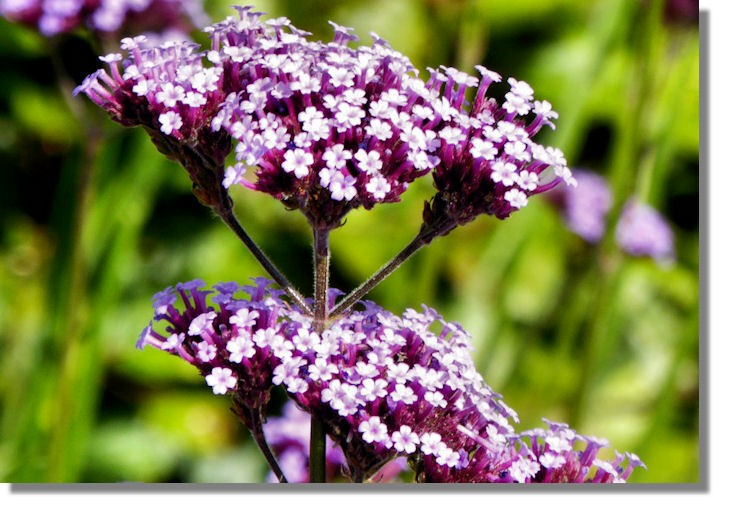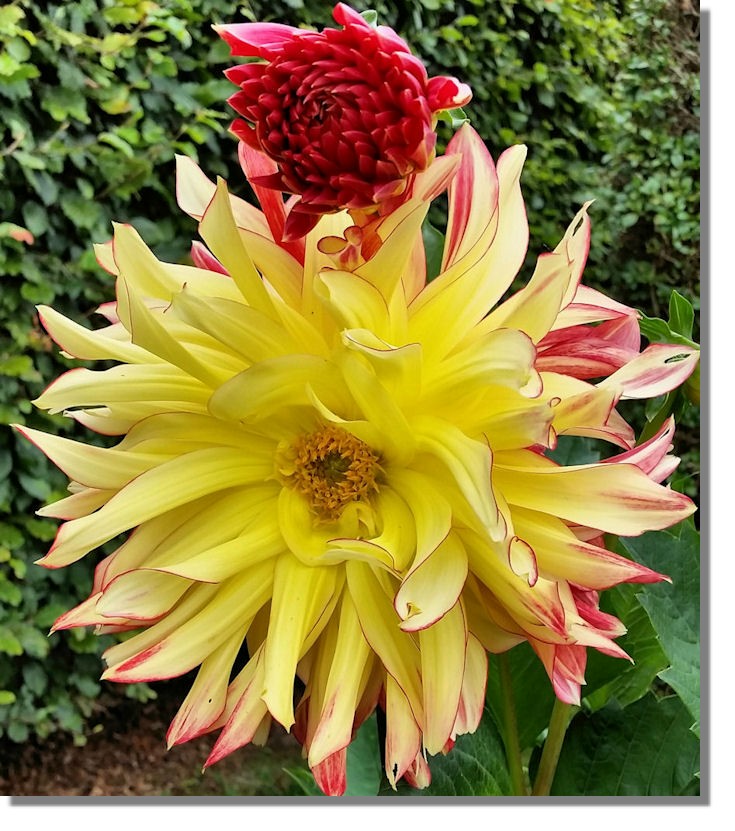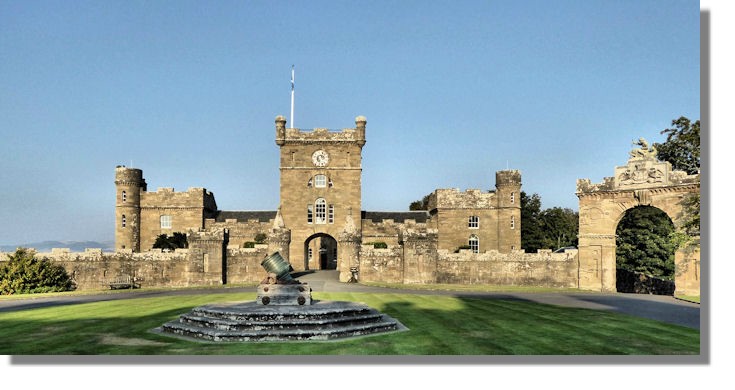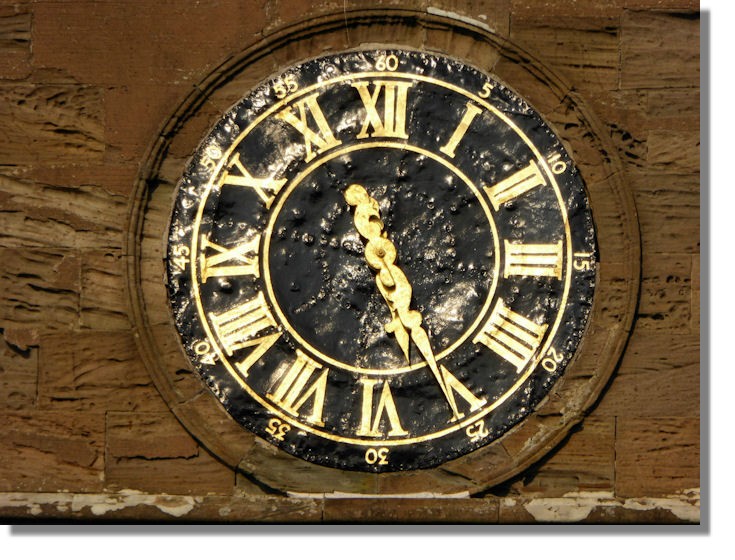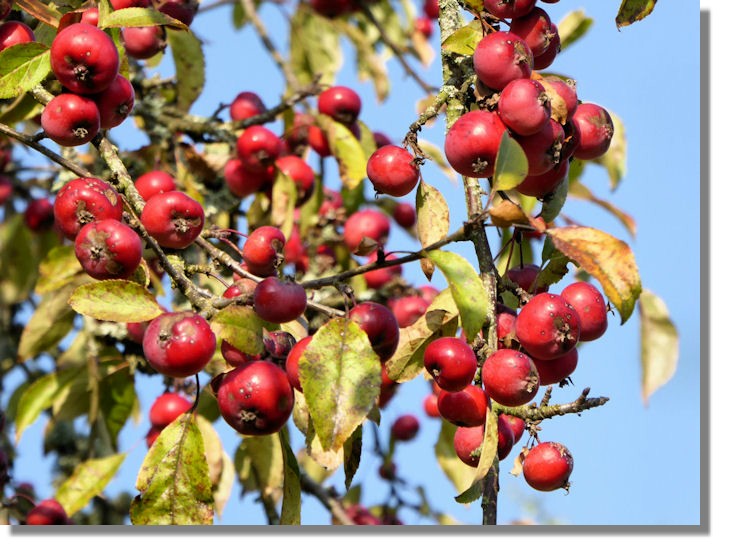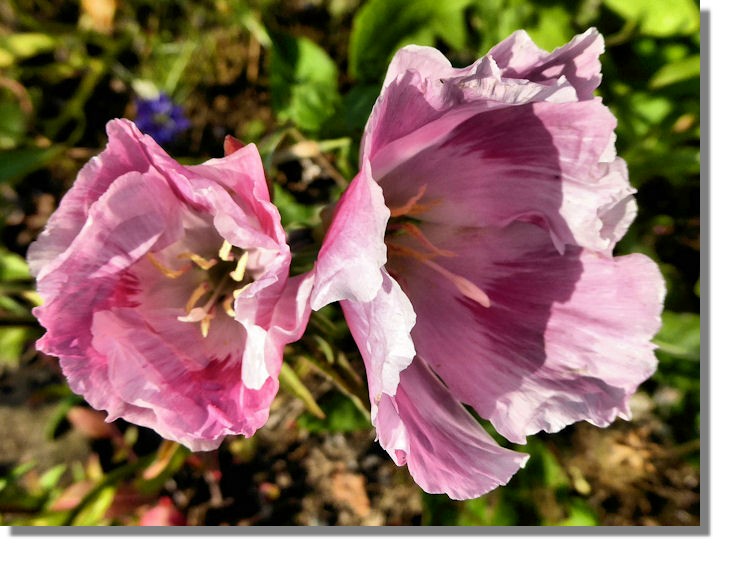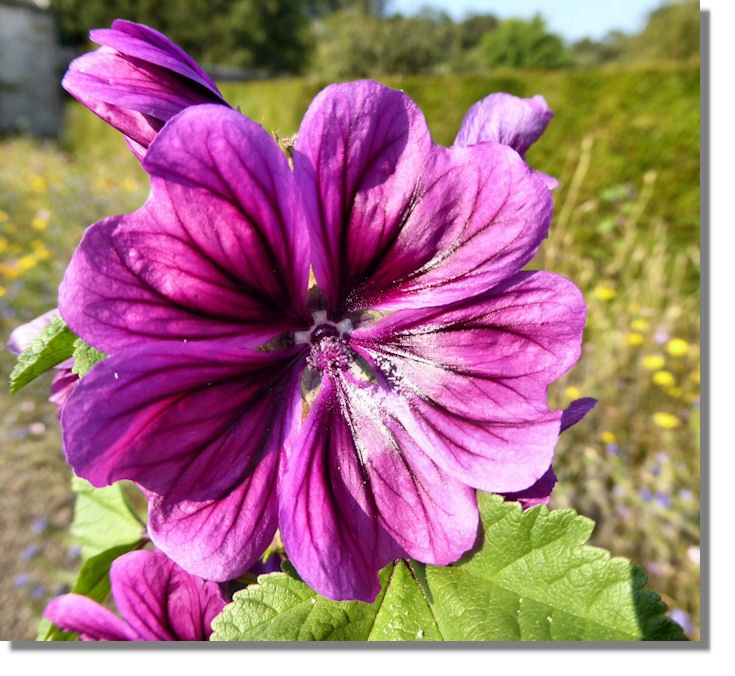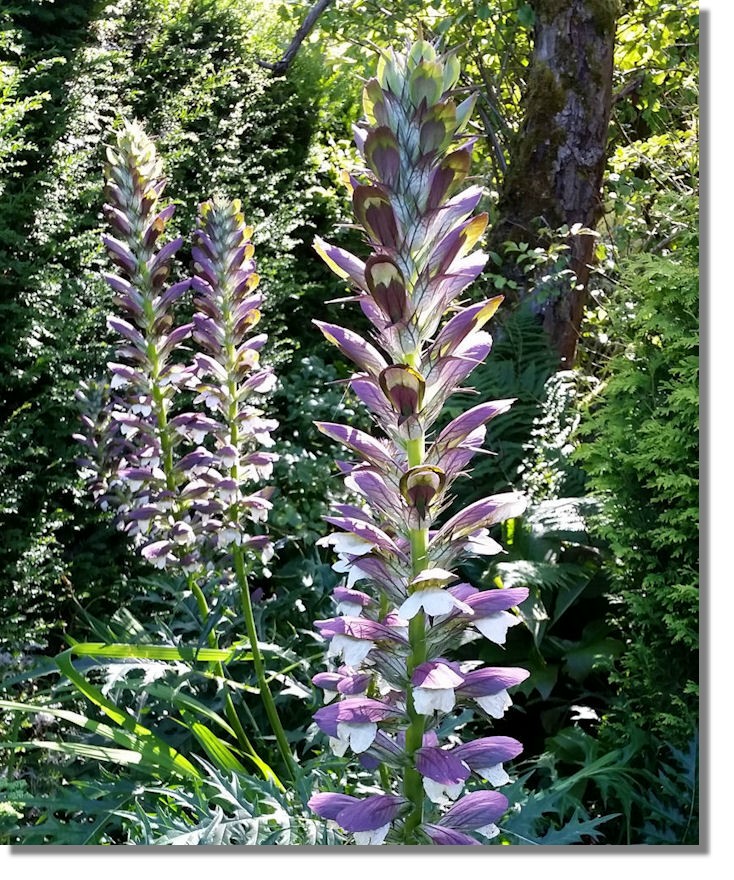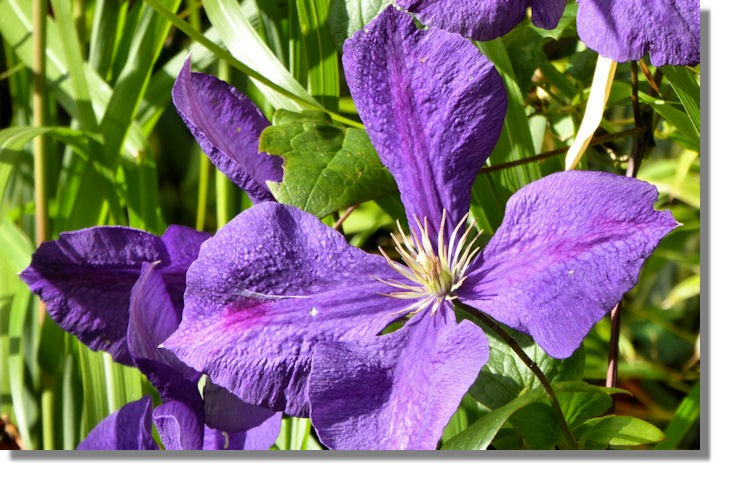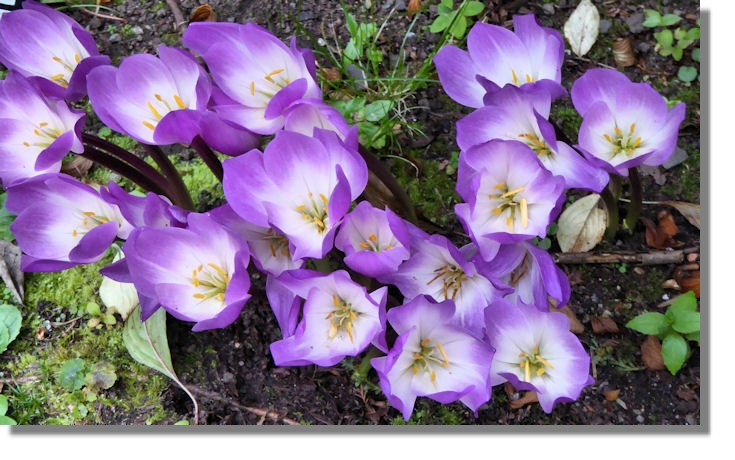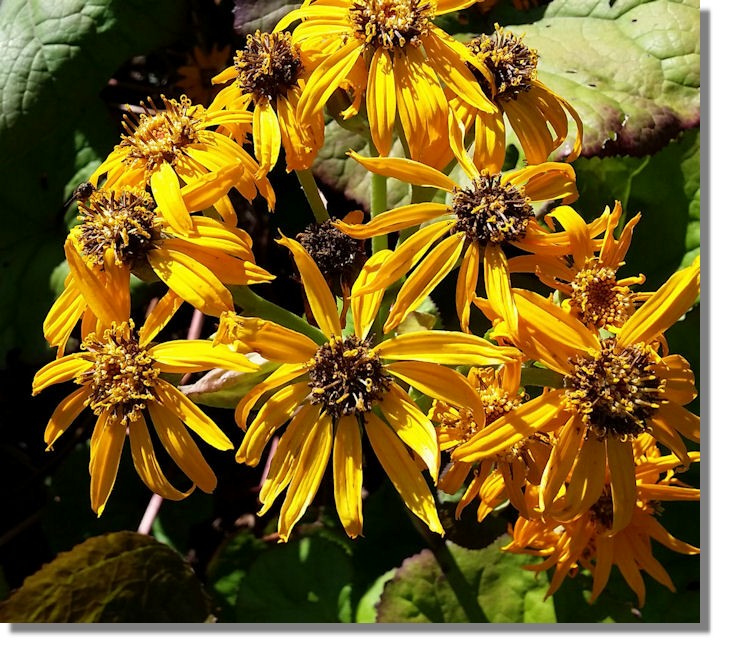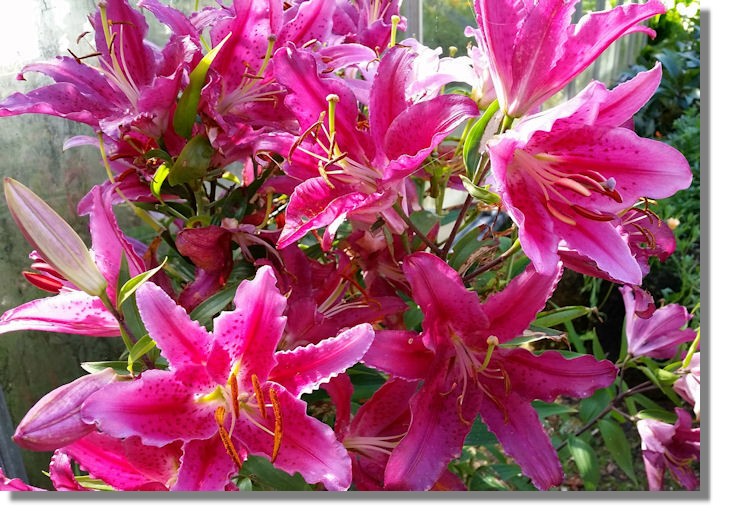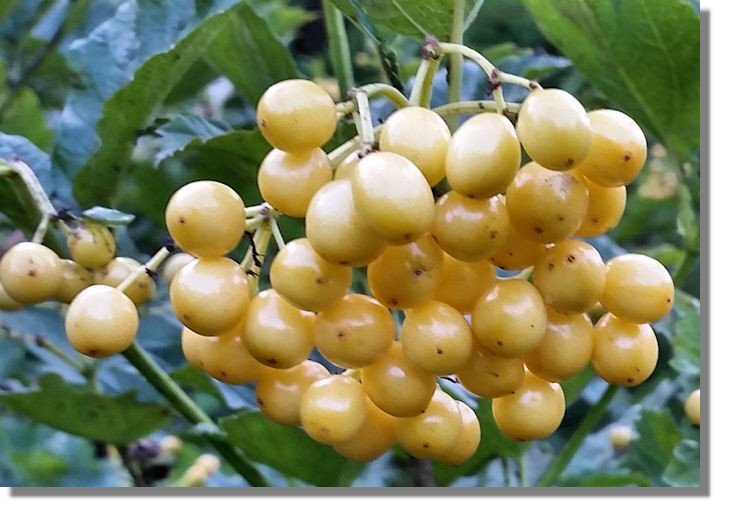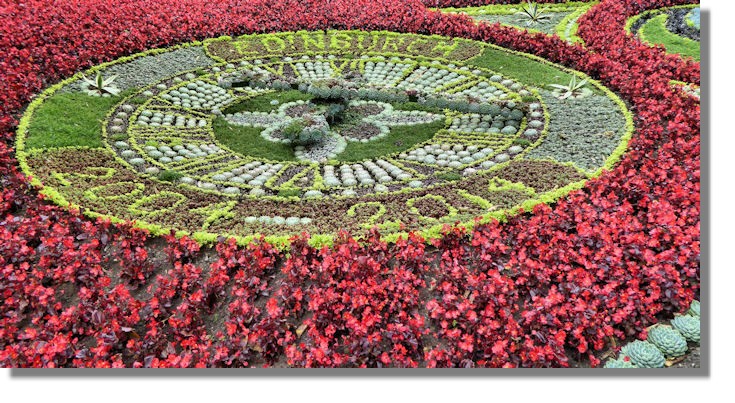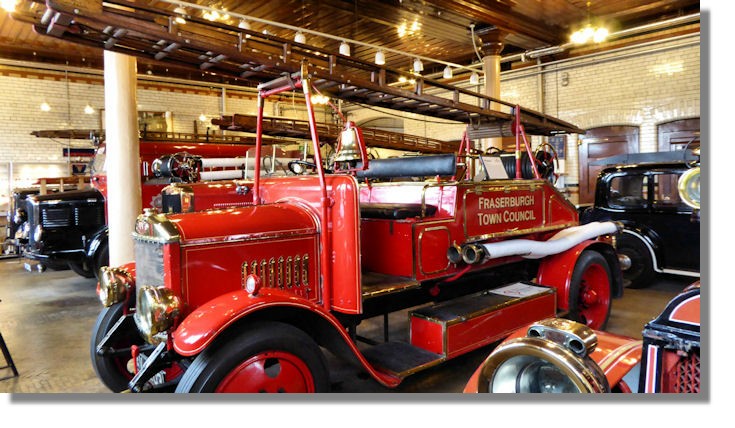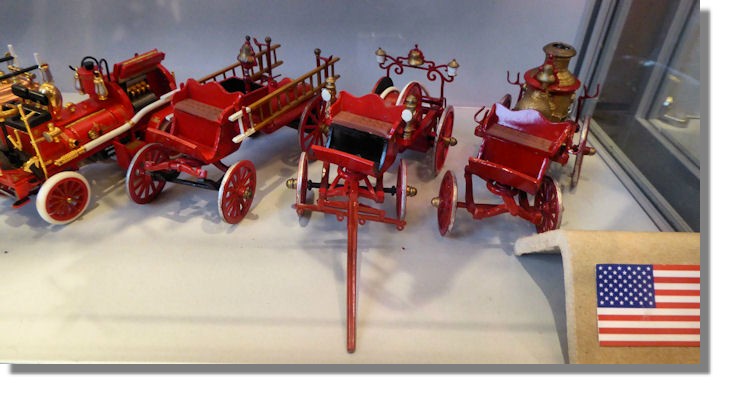Scottie's Monthly Photo Diary
- August/September 2014
Background
I never go anywhere in Scotland without my camera and I take photographs wherever I go. Sometimes I go somewhere specifically to take photographs with a view to adding another page to the Rampant Scotland site. On other occasions I just see something that makes an attractive picture or else it's another graphic to add to the library to perhaps use on a future occasion. This is a selection of the best photographs I took in August/September 2014 with a commentary on each one. It thus forms a pictorial diary of my travels during the month which can be shared by everyone!
Drumpellier and Hogganfield Parks
When you think of Scottish birds, a Ring necked parakeet is not the one that leaps to mind. We heard this one before we saw it - high in a beech tree in Hogganfield Park in Glasgow. Parakeets have become quite common in the south of England where they seem to be thriving with large flocks making a lot of noise and creating a colourful display, especially in the London area. It is estimated that there are 40,000 in the UK (up from 1,500 in 1998) They are less common in Scotland, of course, but on checking the local birding web sites I found that single birds had been spotted at various locations around Glasgow - possibly it has even been the same bird! This one did seem to be calling plaintively, perhaps hoping to meet up with another of the same species as the birds are gregarious and prefer to live in flocks.
Grey Herons are not uncommon in Scotland but this one at the side of a small loch at Drumpellier Country Park in North Lanarkshire looked so lonely too! Grey Herons are the largest European heron
Although there are fewer Ruddy Ducks around these days than there used to be, there are still a good number around. This one, lying on its side and preening itself looked somewhat incongruous though!
My Own Garden
Keeping to the theme of more unusual birds, many woodpeckers are to be found in woods the countryside but it is still not very common to have them coming into suburban gardens. Clearly our bird feeders are too big an attraction for this young bird (its age is indicated by the red feathers on its head). It is now a regular visitor, popping in for "breakfast" and is now being accepted by the other garden birds such as this Bluetit.
Although roses are perhaps associated more with England than Scotland, they are still a very popular flower in suburban gardens and public parks. Flowering has been particularly good this summer and it is difficult to resist taking their picture from time to time.
Although I've taken better pictures of robins, I was pleased with this one, taken at a distance through the kitchen window as the bird checked to see if there was any space on the bird feeder attached to this hawthorn tree or whether it should just grab a red hawthorn berry in front of it. Unlike many other birds at this time of year who do not burst into song, robins continue to sing lustily throughout the year.
We are always delighted when our efforts to grow plants with flowers that attract butterflies pay off and they come fluttering into the garden. This Red Admiral has been a regular visitor. In this graphic is perched on the top of a perennial Wallflower which has the name of "Bowles Mauve".
This Small Tortoiseshell was on another stem of the same Perenial Wallflower. This Wallflower has proved to be amazing and has produced a succession of new flowers at the top of the stems since last spring.
Geilston House Garden
Wikipedia describes this plant as "Erica cinerea (bell heather, or heather-bell) is a species of flowering plant in the family Ericaceae, native to western and central Europe. It is a low, spreading shrub growing to 15–60 centimetres (5.9–23.6 in) tall, with fine needle-like leaves. The flowers are bell-shaped, purple (rarely white), 4–7 millimetres (0.16–0.28 in) long, produced in mid to late summer. The flowers are dry, similar in texture to the strawflower."
There were a large number of Red Admiral butterflies at Geilston when we called in (twice) towards the end of September. They had been attracted by the tall Verbena plants which were growing in a number of parts of the garden and also, as here, by the sedum plants which come into flower at this time of year.
While the spreading wings and bright colours of the upper wings of Red Admirals are impressive, I am personally drawn to the multi-coloured whorls on the underside of this butterfly. Despite the delights of the nectar on this Verbena flower, there seems to be a grumpy look on this insects face - maybe it looks that way all the time!
I always associate Rudbeckia with this bright yellow and the plant breeder who created this variety must have thought the same as it was named "Prairie Sun".
Because of my association of Yellow with Rudbeckia it was just as well that this plant had a label attached as I might have missed the fact that it was in fact Rudbeckia - but appropriately named "Cherry Brandy". The bee happily guzzling the nectar couldn't care less what it was called - it just knows a good meal when it sees one!
I felt that Verbena deserved to be displayed on its own without a butterfly sucking nectar clinging to it - so here's a tall Verbena in all its glory.
Verbena contains about 250 species of annual and perennial herbaceous or semi-woody flowering plants. The majority of the species are native to the Americas and Europe. They are valued in butterfly gardening in suitable climates, attracting Lepidoptera such as the Hummingbird hawk-moth and also Hummingbirds in countries where these are found. Verbena has long been associated with divine and other supernatural forces. It was called "tears of Isis" in ancient Egypt, and later on "Juno's tears".
It was helpful that many of the plants at Geilston had easily found labels to let visitors know what they were. That was particularly good when it came to the Chrysanthemums and Dahlias - the Dahlia here is "Mrs Eileen" for example.
And this Chrysanthemum is "Pamela Bronze".
While this dahlia is called "Edinburgh"!
Culzean Castle Country Park
This is the former coach house at Culzean Castle. It is located just across a courtyard from the main building. I've photographed it a number of times before but having got a new compact camera (a Panasonic DMC-TZ60) I thought I would try an experiment...
... First of all, I used the zoom function and closed in on the clock which is also visible on that first picture....
Then I moved the optical zoom to 30 times and the camera produced this picture of the corner of the clock. Bear in mind that the camera is hand held - no tripod to steady it. Because it was new to me, I hadn't read all the instruction manual so I didn't use the maximum available zoom - which is 70 times. It is more powerful than my large Pentax digital single lens reflex (DSLR). And it has a Wi-Fi connection to my mobile phone so I can transfer pictures to that to send as email attachments before getting back home. Unlike many compact cameras in the past, it also has a viewfinder which helps out when the LCD screen is difficult to see in strong sunlight. Except I have found the screen coped very well in sunshine so don't often use the view finder. And, of course, being a compact camera, it can be carried in my pocket to be available at any time.
Earlier in the year I had taken pictures of the apple blossom on the very old trees in the orchard and now the bright red apples were hanging on the branches.
Despite the large number of flowers in the long flower beds in the walled garden there were not a lot of butterflies around and the weather was warm and sunny. But there were a few of the ubiquitous Red Admirals.
I've always liked Godetia plants - these annuals have a variety of delicate colours and have a long flowering period.
This Malva has a more strident colour but is also attractive. It is also known by its common English name of mallow. The plant is widespread in temperate, tropical and sub-tropical regions of Africa, Asia and Europe. The name is derived from the Latin "malva" meaning "mallow". The colour "mauve" was named after the French name for this plant.
Greenbank House Garden
The tall Acanthus plant is found more commonly in larger gardens such as at Greenbank. It is sometimes known as "Bear's Breeches" and these flower spikes can grow as tall as six feet in height.
There are a huge number of types (around 300) of clematis which is itself in the buttercup family Ranunculaceae. The garden hybrids are popular among gardeners and new ones are constantly appearing in garden centres. Other names for Clematis are Old Man's Beard (applied to varieties with prominent seed heads and "Leather Flower" or "Vase Vine" for the North American Clematis Viorna. The name is derived from the Greek word for "climbing plant" - many clematis have a climbing habit.
Colchicum is a member of a botanical family which grows from bulb-like corms. Its common name is "Autumn Crocus" or meadow saffron or "naked lady" as the crocus like flowers appear in autumn before the strap-like leaves appear in spring. The flowers often grow too tall for the stems to support the flowers and flop over but this clump was growing in a shady corner and were remaining upright.
Ligularia (also known as Leopard Plant)is a perenial plant which is a native of central and eastern Asia with over half of the 120 to 120 species originating in China. The name Ligularia is from the Latin for "strap" and refers to the shape of the ray of petals. Bees, butterflies and other insects are frequent visitors as they find the central flower heads a good source of nectar.
I nearly missed this impressive, large lily as it was growing in a secluded corner of Greenbank Garden.
I was again indebted to the plant labels attached to this shrub with its yellow berries which told me that it was a "Viburnum Opulus Xanthocarpum". I had probably seen it as a flower earlier in the season before these bright berries had appeared.
Edinburgh
The Floral Clock in West Princes Street Gardens in Edinburgh is a well known tourist attraction. Every year the city parks department replants tens of thousands of of sempervivums, begonias and other plants to create a new display, usually marking some anniversary. Instead of a recalling a centenary or even longer event it is marking the tenth anniversary of the city becoming a "Fair Trade City" (an award that recognises that it is committed to the promotion of Fair Trade by ensuring that producers in underdeveloped countries are paid a "fair price" for what they produce).
The floral clock dates back to 1903 when the mechanism of a redundant public clock was used to form the basis of the display. In 1905 a cuckoo clock which pops out every hour was added and in 1934 the original mechanism was replaced. In the clock's centenary year (2003) it won a Gold Medal at the famous Chelsea Flower Show.
Although I had a graphic showing the statue of Greyfriars Bobby and the bar bearing his name in the background, I thought i should get a better picture and as I was walking by the area. It proved to be more difficult than I thought since the dog statue is a great tourist attraction and there were lots of people milling around, not just taking pictures of Bobby but going up close and friends taking their picture beside the small statue and also taking the inevitable "selfies".
I'll be creating a page in the "Places to Visit" section of Rampant Scotland on the "Museum of Fire" which is within walking distance of central Edinburgh. Edinburgh Fire Establishment was created in 1824 and is the oldest municipal fire brigade in the United Kingdom. I hadn't heard of this specialist museum until recently. It is located in a former fire station which later became the HQ of the Lothian and Borders Fire and Rescue service. It is packed with fire engines from the past such as this Dennis machine in the colours of Fraserburgh Town Council in Aberdeenshire in 1930.
In addition to "real" fire engines, the museum also has a large collection of fire engines from around the world. This is a section relating to machines which were used in the USA, including horse drawn pumps and motorised fire engines. There is also a plaque on the exterior wall of the building honouring the 343 firefighters killed on 9/11.
I commuted from my home, north of Glasgow to work in Edinburgh for about 18 years. I initially drove the "longest 50 miles in Scotland" along the notorious M8 motorway but eventually gave that up and went by train. The trains are much improved since those days and I thought readers might like to see the First Scotrail train that runs on many routes all over Scotland. The trains are painted in a blue livery with a stylised Saltire flag markings. These days, around 90% of trains arrive within 5 minutes of schedule - a big improvement on the days of deisel electric locomotives!
If you want to read the other Diary entries going back to 2009, there is an Index page.
